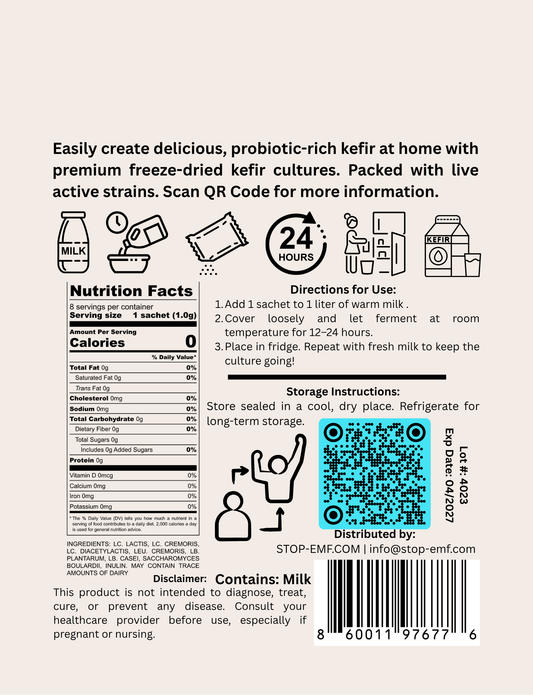In the ever-evolving landscape of healthcare and medical innovation, few compounds have captured the attention and intrigue of the scientific community quite like Methylene Blue. This versatile dye, first synthesized in the late 19th century, has since become a subject of intense research and clinical exploration, with a rich history that spans from its initial FDA approval to its diverse off-label applications.
The Origins of Methylene Blue
Methylene Blue's journey began in 1876 when it was first synthesized by the German chemist Heinrich Caro. Initially, it was primarily used as a dye in the textile industry, but its remarkable properties soon caught the attention of the medical community. In the late 1800s, the French physician Paul Ehrlich recognized the potential of Methylene Blue as a therapeutic agent, and he began exploring its use in the treatment of various conditions.
FDA Approval and Early Medical Applications
In 1899, Methylene Blue received its first FDA approval for the treatment of malaria, a disease that had long plagued humanity. The compound's ability to target and eliminate the Plasmodium parasite, the causative agent of malaria, made it an invaluable tool in the fight against this deadly disease. During the early 20th century, Methylene Blue's use expanded to include the treatment of cyanide poisoning, as well as various other conditions such as urinary tract infections and methemoglobinemia, a rare blood disorder.
Methylene Blue and the U.S. Army
The versatility of Methylene Blue did not go unnoticed by the U.S. Army. During World War II, the compound played a crucial role in the treatment of malaria, which was a significant threat to the health and well-being of soldiers serving in tropical regions. The Army's extensive use of Methylene Blue during this time period contributed to a deeper understanding of its therapeutic potential and paved the way for further research and development.
Exploring the Off-Label Uses of Methylene Blue
As the scientific community continued to delve deeper into the properties of Methylene Blue, its potential applications expanded beyond its initial FDA-approved uses. Researchers began to explore the compound's ability to act as an antioxidant, a neuroprotective agent, and even a potential treatment for various neurological and psychiatric disorders.
Methylene Blue and Gut Health
One of the most intriguing off-label uses of Methylene Blue is its potential impact on gut health. Studies have suggested that Methylene Blue may possess antimicrobial and antifungal properties, making it a potential ally in the fight against harmful gut bacteria and fungi. Additionally, Methylene Blue has been investigated for its ability to modulate the gut microbiome, potentially improving overall digestive function and supporting a healthy immune system.
Methylene Blue and Oral Health
Beyond its gut health applications, Methylene Blue has also garnered attention for its potential benefits in the realm of oral health. Researchers have explored the compound's ability to inhibit the growth of harmful oral bacteria, potentially reducing the risk of dental caries, gum disease, and other oral health issues.
The Potential Dangers of Methylene Blue
While Methylene Blue has demonstrated remarkable therapeutic potential, it is important to note that the compound is not without its risks. Improper use or dosage of Methylene Blue can lead to adverse side effects, such as nausea, vomiting, and even more severe complications. It is crucial for individuals to consult with healthcare professionals before incorporating Methylene Blue into their health regimen, as the compound's interactions with other medications and pre-existing medical conditions must be carefully considered.
The Future of Methylene Blue
As the scientific community continues to unravel the mysteries of Methylene Blue, the potential for new and innovative applications of this remarkable compound remains vast. From its historical roots in the treatment of malaria to its emerging role in supporting gut and oral health, Methylene Blue's journey is a testament to the power of scientific exploration and the ongoing pursuit of better health outcomes for individuals around the world.
Conclusion
Methylene Blue's story is one of resilience, adaptability, and the relentless pursuit of medical advancement. As researchers delve deeper into the compound's properties and potential applications, the future of Methylene Blue in the realm of healthcare remains both promising and intriguing. By understanding the rich history and diverse uses of this remarkable compound, we can better appreciate the ongoing evolution of medical science and the transformative power of innovative therapies.






